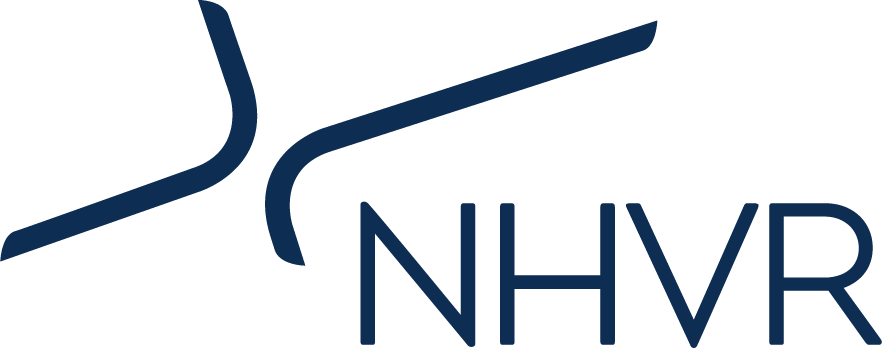Oversize and/or Overmass (OSOM) movements need to be carefully managed to minimise the risk and journey disruptions.
The size and weight of the load or combination and the changing road environment increase the risk to road safety and damage to infrastructure.
The following common risk categories have been provided to assist in mitigating common risk associated with OSOM movements.
Vehicle Combination and Load - click to open/close
- Is the vehicle appropriate for transport task?
- Can the load be carried on another vehicle and comply with dimension or mass limits?
- How with the load position affect axle mass limits?
- Can the OSOM movement be made under Notice, or is a permit required?
- Do the combination and load mass and dimensions comply with notice or permit conditions?
- Is the load type approved via the Notice or permit?
- Are the appropriate signage/lighting/warning devices fitted?
- In some instances, OSOM vehicles may require warning devices such as lights, flags, delineators or signs to operate on the road network. These requirements are specified in the Notice or permit.
- Is the load restraint adequate?
- National Transport Commission Load Restraint Guide 2018 provides basic safety principles for the safe carriage of loads.
Driver/s and support personnel - click to open/close
- Are the drivers and all relevant support personnel aware of the following:
- Their responsibilities and duties under the law?
- Permit or notice requirements?
- The approved routes?
- Travel restrictions?
- Specific conditions for pinch points/obstacles/vulnerable structures?
- Any other relevant information identified in route suitability?
Route suitability - click to open/close
- Has a route survey been undertaken? Route survey help to identify:
- ‘Pinch points’ such as narrow lane widths, entry and off-ramps and bridge crossings?
- Obstacles such as roadside furniture, roundabouts and guardrail?
- Dimensional restrictions at intersections, bridges, crossings, underpasses, overhead structures and road carriageway widths (including vegetation)?
- Roadworks along the proposed route?
- Suitable ‘pull over’ locations along the proposed route, where the OSOM movement can pull over to allow any following and/or oncoming traffic to safely pass?
- Areas where rest or fatigue breaks will be taken?
- Is a Traffic Management Plan (TMP) required?
- TMP is required in the following:
| Jurisdiction | Requirements | Jurisdiction TMP Website |
|---|---|---|
| Australian Capital Territory | A TMP is required for all OSOM movements that are classified as 'High Risk' due to their dimensions and/or weights. | |
| New South Wales |
A TMP is required for all OSOM movements that:
|
|
| Victoria | ||
| South Australia | ||
| Queensland |
Detailed Traffic Management Plans (TMP) are required for all loads equal to, or greater than, 8.5m wide and may be requested on a case-by-case basis for other moves. Houses require additional information to be supplied with a TMP. |
Queensland Police Traffic Management Plans |
Areas for the drafter to consider when creating a TMP:
- Have the plans and procedures been included to safely navigate pinch points, obstacles, restrictions, and roadworks been documented?
- Has the movement or relocation of roadside furniture such as signs and lights (including details of individual/organisation moving or relocating the road furniture) been identified and documented?
- Has any other activity that may be affected by the passage of the OSOM movement (such as school buses and coach services) been identified?
Traffic Management - click to open/close
- Is a traffic Management required?
- How will the safety of all parties involved in the movement be managed?
- How will delays and traffic impacts to other road users will be minimised?
- What are conditions that will activate a ‘pull over’?
- What is the length of time between ‘pull overs’ along the proposed route?
- What method is used to allow following and/or oncoming traffic to pass during ‘pull overs’?
- How will traffic be managed at identified ‘pinch points’ and obstacles?
- Have the traffic management plans and procedures (including roles and responsibilities of each party involved) been documented and distributed to all relevant personnel?
- What is the indicative speed of the movement along the route and proposed travel timings between points and associated traffic impacts?
- What time of day the load being transported commence and finish, and have other key points along the route together with the proposed trip timeline been identified?
- Have contingency and/or emergency arrangements in the event of an emergency and/or breakdown and/or incident been documented and distributed?
- If changes in weather conditions result in new risks, have procedures for dealing with these risks been provided?
Stakeholder and Community - click to open/close
- Is advance notification to other road users required to minimise any potential disruption the movement may cause?
- Have required approvals been obtained and conditions distributed to relevant personnel?
- How will the notification be undertaken? For example, are Variable Message Signs (VMS), radio and newspaper advertising required. It may be necessary to use more than one form of advertising. These methods may be needed before and throughout the OSOM movement.
Rail Infrastructure - click to open/close
- Have the required approvals been obtained and conditions distributed to relevant personnel?
- What are the trigger points for obtaining approval from rail authorities and other third parties such as electricity, telecommunications and other affected entities?
- When a vehicle movement exceeds certain mass or dimension limits, third-party providers may need to:
- be notified of the movement.
- Assess the proposed route, assessing for suitability of the movement.
- Provide approval, which may impose conditions, for the movement to occur either over or under assets they own (in most cases, there is a legislated requirement for operators to seek this approval).
- Have required approvals been obtained and conditions distributed to relevant personnel?
Third parties and other entities contact information is available on the NHVR website.

 Accessibility tools
Accessibility tools

